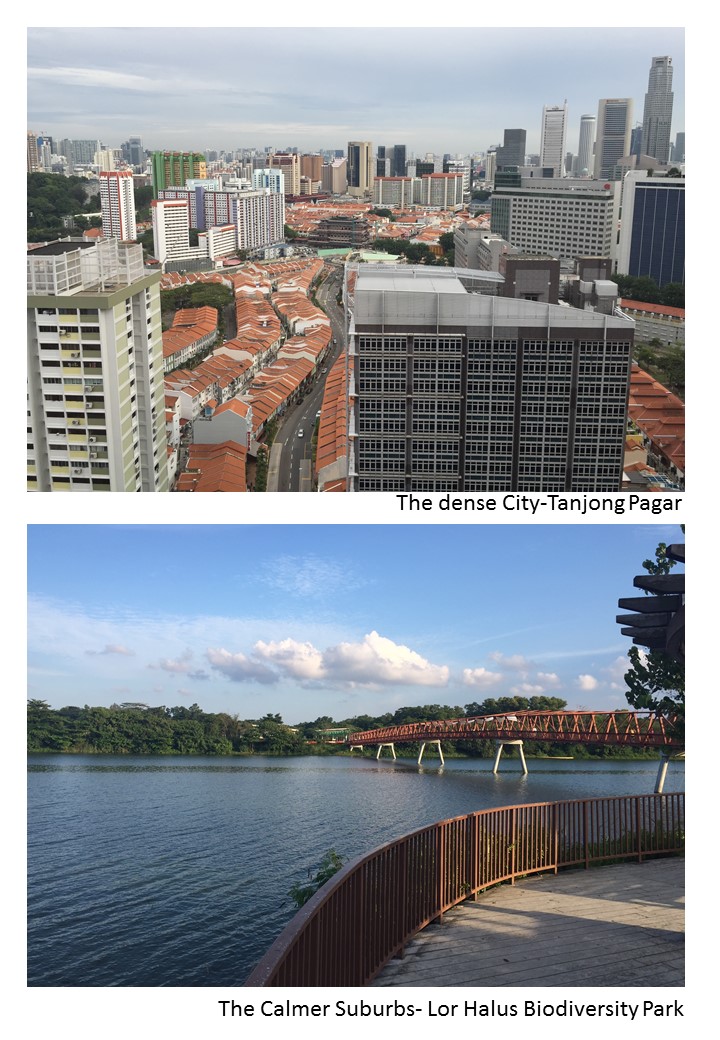
Uploaded on 2017-03-27 by Yadunath Ravikumar
Singapore is an Urban city State with high density high rise living complexes throughout the city. There is a drastic impact of Urban Heat Island(UHI) effect on Singapore. The average UHI intensity in Singapore is about 4.5 degree Celsius (W.Nyuk Hein,2009). The highest temperatures were in the CBD areas of South and industrial areas like Jurong Island and Tuas in the soth west. While lower temperatures were noted in east and northern suburbs. The main causes of UHI effect in Singapore are rising air temperature, a deterioration in air quality and increasing energy consumption for cooling needs. If I were to be a part of the decision-making process, I would like to reduce the usage of paved surfaces in Singapore trying to introduce more permeable surfaces along the public pathways. I would also like to make amendments on the building materials usage in the CBD areas, reducing the use of high reflective and glazed surfaces. Developing a green building rating system for the tropics would also be a idea I would like to start as a decision maker. UHI effect is plays an important part in the policies concerned to building and construction industry in Singapore. There are a lot of policies regarding to UHI directly and indirectly in Singapore; a few of which are mentioned below. 1.Urban planning measure by URA such as planning of public Green areas and water bodies near commercial and residential areas. 2.HDB initiative for Punggol eco town, a town planned to study the possibilities of energy efficient and sustainable town for the future. 3.Compulsory GREENMARK certification for buildings above 2000 square meter. GREENMARK is the green building rating system for Singapore. 4.Incorporation of Vegetative facades in Building and incorporating greenery in buildings. 5.Planting more trees along roads to maintain a canopy layer along Singapore by the National Parks Board (NParks). 6.NParks initiative called the National Biodiversity Strategy Action Plan to guide and conserve the existing biodiversity of the City state, thereby reducing CO2 emissions and promoting transpiration cooling. 7.Roof top gardening to reduce cooling loads in Housing Development Board (HDB) multi storey Car parks. 8.BCA regulation on use of high reflective roofing. 9.Compulsory use of permeable grass pavers for open carparks. 10.Public Utility Board’s (PUB) efforts for advertising and awareness programs for citizens to use energy efficient electric equipment’s to reduce energy uses. References Wong Nyuk Hein, (2002). Study on Urban Heat Island in Singapore. National University of Singapore, Retieved from https://courses.nus.edu.sg/course/bdgwnh/www/UHI.pdf on 25/03/2017